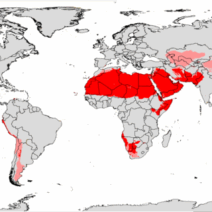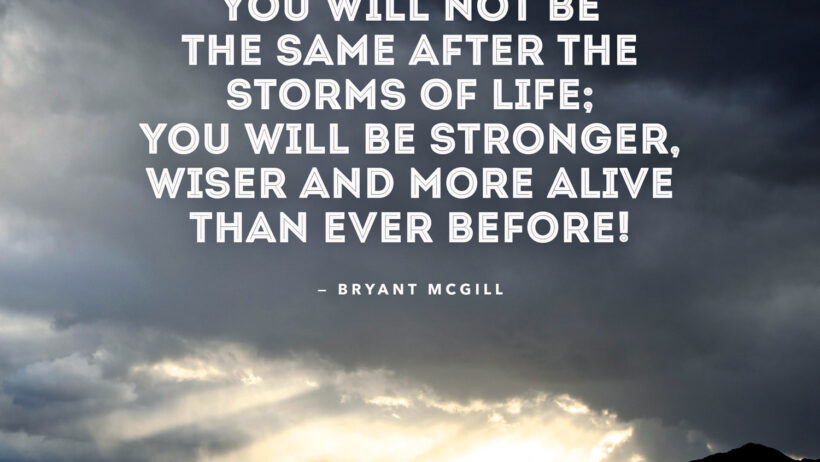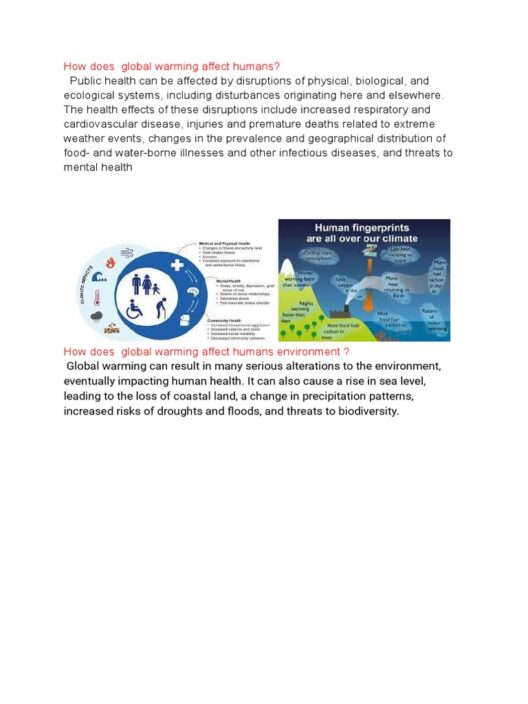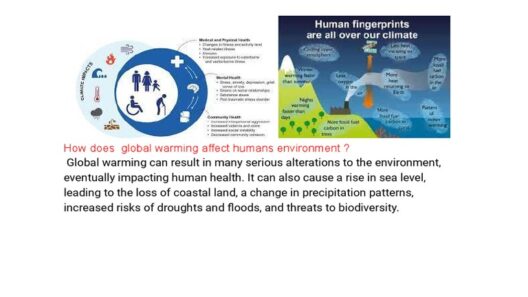Puerto Rico, an island possessing a unique geographical and cultural tapestry, is confronting the stark realities of climate change. As the climate crisis intensifies, Puerto Rico’s resilience is tested through increasingly severe weather phenomena. The shifts in atmospheric patterns are not only impacting its natural landscapes but also the daily lives of its inhabitants. This exploration of Puerto Rico’s resilience amidst escalating storms reveals why it serves as a microcosm for the broader climate crisis we face globally.
To comprehend the magnitude of Puerto Rico’s challenges, one must consider the island’s geographic predisposition. Situated at the confluence of the Atlantic Ocean and the Caribbean Sea, Puerto Rico lies in a tropical climate zone that renders it particularly vulnerable to hurricanes. Given this context, the island has historically endured numerous storms, with recent decades witnessing an uptick in intensity and frequency. Recent hurricanes, such as Irma and Maria in 2017, serve as harrowing case studies of climate-induced devastation.
The aftermath of Hurricane Maria, which obliterated much of the island’s infrastructure, was a jarring reminder of the fragility of life in a warming world. The sustained winds of 155 mph and subsequent flooding wrought a humanitarian crisis, highlighting deficiencies in emergency preparedness and resilience strategies. Yet, amid the impending doom, communities banded together, showcasing an indomitable spirit. They exemplified perseverance, mobilizing grassroots movements to tackle immediate needs like food, water, and shelter while simultaneously focusing on long-term recovery.
This communion of support ushered forth an important realization: collective action is paramount in coping with the incessant storms. The aftermath of disasters often catalyzes solidarity, uniting disparate groups towards common goals. In Puerto Rico, residents of various backgrounds and ideologies congregated to forge alliances, advocating for sustainable rebuilding practices that prioritize ecological harmony. The emphasis shifted from mere restoration to innovative reconstruction, embedding resilience into the fabric of the island’s development strategy.
Moreover, the narrative surrounding resilience extends beyond human efforts. Puerto Rico’s lush ecosystems play an instrumental role in mitigating climate impacts. The island boasts diverse flora and fauna, with tropical forests that act as carbon sinks, absorbing atmospheric CO2 and regulating local weather patterns. The preservation of these ecosystems is not only crucial for biodiversity but also an essential component of climate adaptation strategies. By protecting natural habitats, Puerto Rico can enhance its ability to withstand future storms and maintain ecological balance.
The concept of resilience permeates various dimensions of life in Puerto Rico. It influences energy infrastructure, as the island pivots from a reliance on fossil fuels to renewable energy sources. The devastation wrought by Maria laid bare the vulnerabilities of an antiquated power grid. As a result, the government of Puerto Rico and local advocates are pursuing ambitious goals to harness solar and wind energy. Transitioning to renewable energy not only promises a sustainable future but also fortifies the island’s resistance to storms. By decentralizing energy production and investing in microgrids, Puerto Rico can enhance its energy independence and resilience to climate fluctuations.
Education and awareness are pivotal in fostering resilience among the populace. Citizens must be informed about climate threats and equipped with tools for adaptation. In schools, curricula are evolving to incorporate climate science, instilling a sense of environmental stewardship in future generations. Local organizations are also spearheading initiatives aimed at educating communities about disaster preparedness, encouraging individuals to maintain emergency kits, and engage in drills that foster collective readiness. This proactive stance towards education signifies an acknowledgment that knowledge is a powerful ally in the face of climate adversity.
The government’s role in shoring up resilience cannot be understated. Puerto Rico’s policies must reflect a commitment to sustainable practices and climate adaptation, integrating science-based strategies for land use, disaster response, and infrastructure development. Indeed, post-disaster recovery should serve not merely as a return to previous conditions but as a platform for transformative change. Comprehensive policies that prioritize environmental justice can rectify systemic inequities that have, for too long, marginalized vulnerable populations and their voices in the recovery process.
Innovation also plays a critical role in bolstering resilience. Entrepreneurs in Puerto Rico are harnessing the power of technology to enhance response efforts and build sustainable businesses. From vertical gardening to water filtration systems, ingenious solutions are addressing immediate needs while establishing a new economic paradigm rooted in sustainability. These ventures not only contribute to economic revitalization but also galvanize community participation, engendering a sense of ownership over the resilience journey.
As Puerto Rico stands at the forefront of climate change challenges, it offers vital lessons on adaptability and human spirit. The island’s narrative of resilience is woven with stories of challenge and triumph, underscoring the importance of collective action, natural conservation, education, and policy overhaul. It is imperative that the lessons gleaned from Puerto Rico’s experiences resonate beyond its shores, prompting a global reevaluation of how we confront climate change.
In contemplating Puerto Rico’s response to climatic upheaval, we uncover not merely a tale of survival but an aspirational blueprint for resilience. The island’s spirit is emblematic of a broader promise for humanity—if we recalibrate our understanding of adversity and embrace the potential for transformation, we can cultivate resilience amid the storms that threaten our very existence in this warming world.







